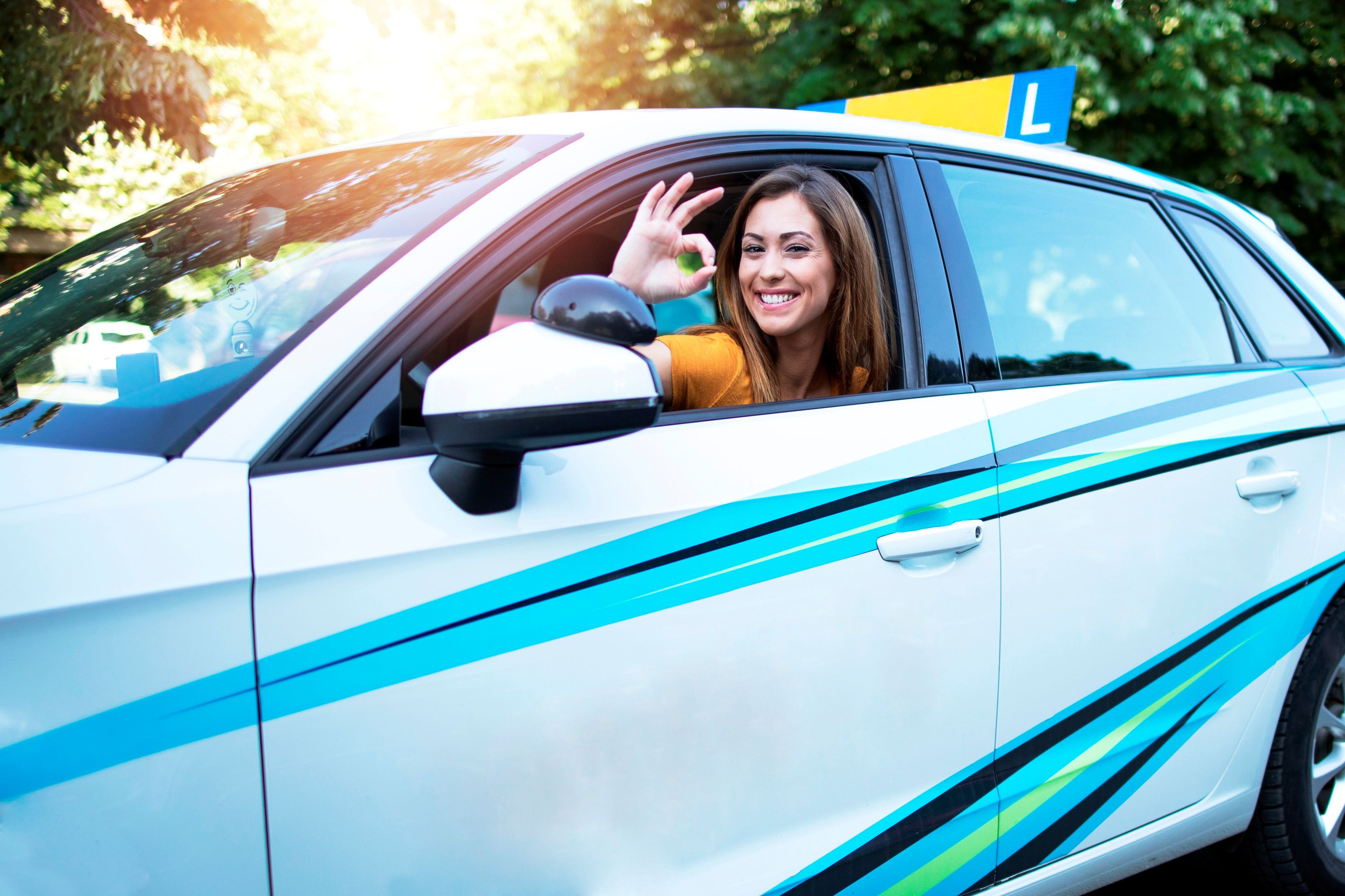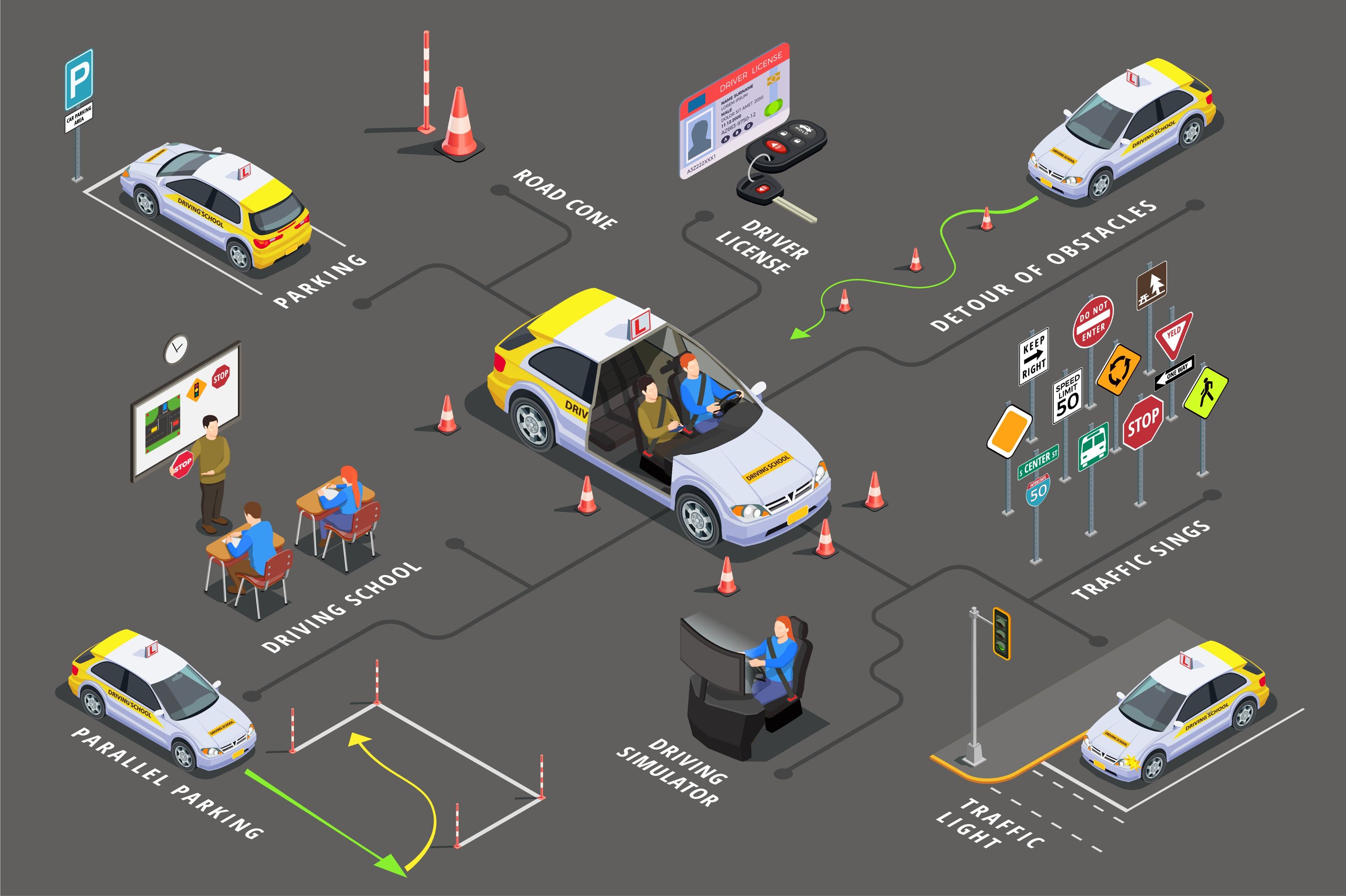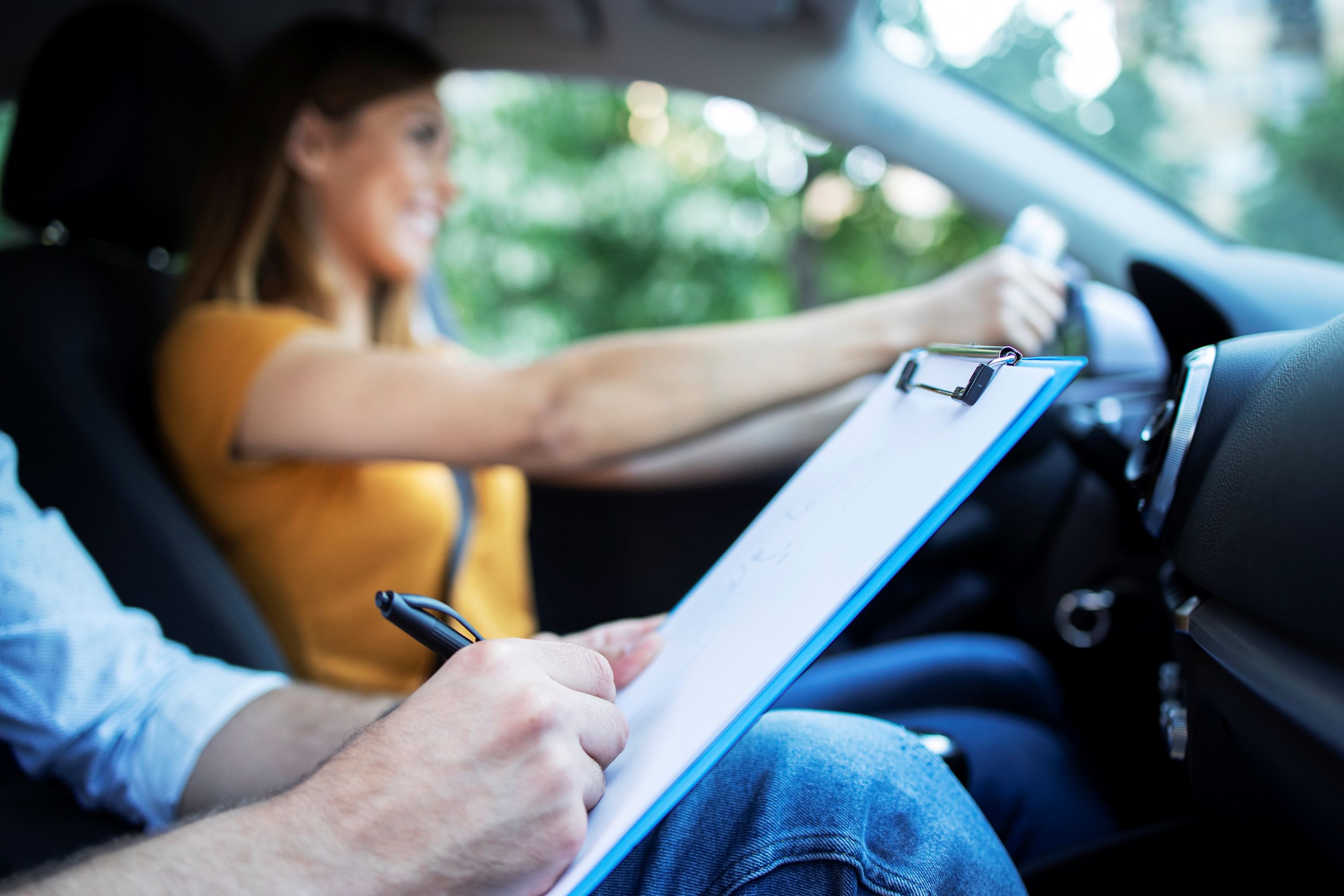
While you may be just as excited to get your driver's license as you would be about getting your first new car, it can be fraught with uncertainty. You may be wondering how the process works and what the rules are around getting your license. In the USA, processes differ slightly between states, which makes it difficult to identify a one-size-fits-all approach to getting your license on the first attempt. Still, it is possible to boil it all down to the basics to make it easier to understand driver's license requirements.
Driving is an action that requires great responsibility, and so the process of obtaining the permit is designed to make you a safe driver. When the authorities deem you to be a safe driver, you will be given a permit. Let's look at how this works.
How To Go About Getting A Driver’s Permit
So, what do you need to get your license in the US? The steps to getting a driver's license are different in all states, but there are four overarching steps that align across all states:
- That learner's permit - and how to go about getting it. First, determine at what age you can obtain your learner's permit in your state. Your parents will have to accompany you to the Department of Motor Vehicles (DMV) to give their consent. Take identification along, such as a social security card or birth certificate. You will have to take the written exam, pass a vision test, have fingerprints taken, and have your license-card picture taken. You might not be allowed to sit for the written exam if you fail the vision test, so make sure first. Another factor that may prevent you from sitting for the written exam is if you cannot provide proof that you have passed your driver training.
- Do your driver training. In certain states, you cannot apply for a learner's permit before you have completed driver training. Online driver training may be available in your state. Learning about the best and safest driving techniques, the road signs and features, and the traffic laws will probably require more than 24 hours total classroom time as well as whatever minimum number of hours of on-road driving your state requires. Don't just go for the minimum requirement - get as much training as you can; experience makes you a better driver.
- Getting your probationary/provisional license. This step is required in all states. Getting your provisional license typically requires that you complete a graduated driver-licensing program (GDL), usually at the age of 16 or 17, and that you pass another written exam. Besides producing ID, you must also prove that you have passed your driver's education. The biggest hurdle is the actual on-road driving-license permit test, and, in some states, less than half of first-timers pass, so do it in something compact and easy to drive, such as a Kia Forte or Mazda 3. Passing doesn't give you full freedom on the road, though, and some restrictions still apply. Critically, your driving record must remain unblemished during this time.
- Obtaining your driver's license. Contrary to popular belief, this is the easiest part. You might have to wait, though; how long it takes to get a driver's license depends on your state. The minimum age to get your driver's license varies and/or your DMV might require that you have your provisional license for a minimum period of time first. Once you've met these conditions, your status is changed and you are upgraded to your driver's license automatically. Usually, you will receive it by mail.
State DMV Differences To Be Aware Of
The exact process and requirements for getting a license differs drastically from state to state, and the best way to find out about them is to check the website of your local DMV. How to get your permit will be specific to your state:
- The age for obtaining a learner's permit varies between 14 (Alaska) and 16 (New York)
- When applying for the learner's permit, you may have to show an original ID, not a copy
- It is possible to apply for the learner's permit via mail in some states
- The learner-permit fee might entitle you to retests - for example, in California, you may take up to three examinations (of any type) within a year
- Some states' DMVs waive the written exam upon proof that you're already enrolled in a driver's education course
- The hours of class and on-road training required differ by state
- Provisional-license driving restrictions differ by state, such as required driving hours with a fully licensed driver on board, at which times you may drive, and/or passenger limits
- Acceptable proof of ID varies and, for example, in California, it may be a permanent resident card, an official US armed forces card, or a naturalization certificate
How To Get a Driver’s License In California at 16
California allows individuals to start their driver's education at 15 years and 6 months of age, but since you can only hold a learner's permit before the age of 16, it means you cannot drive alone and a licensed parent or guardian has to be in the car with you. You are only eligible for a provisional driver license after turning 16, under certain conditions, which include meeting all the driver's ed requirements. Remember that a provisional license means you have to adhere to stricter rules, and some limitations apply.
Here is a summary of what you need to know about getting a provisional license in California as a teen:
- You must be 16 years old and have had your learners permit for at least six months
- You've completed driver training and finished driver's ed
- Your parents or guardians have logged your 50 hours of practice
If the above applies to you, you can make an appointment at the DMV to take your driving test. You will need to take along some documentation, including your permit, the signed driving log proving your practical driving hours, certificates of completion from driver's ed and a training school, and proof of financial responsibility for insurance. You will be issued a driver's license if you can pass the driving test.
Conclusion
There is no one simple process that explains exactly what is required for getting a driver's permit in every state; however, there are many online resources that can help, whether it is your first time or just a renewal. The main four steps are generally applicable everywhere, but the way to get there differs according to where you live. This guide outlines the basic steps. Complete them the best you can because there are no shortcuts to becoming a safe road user. You will never forget your first trip as a fully licensed driver, even if it was in a hand-me-down used car. It's a major milestone!



